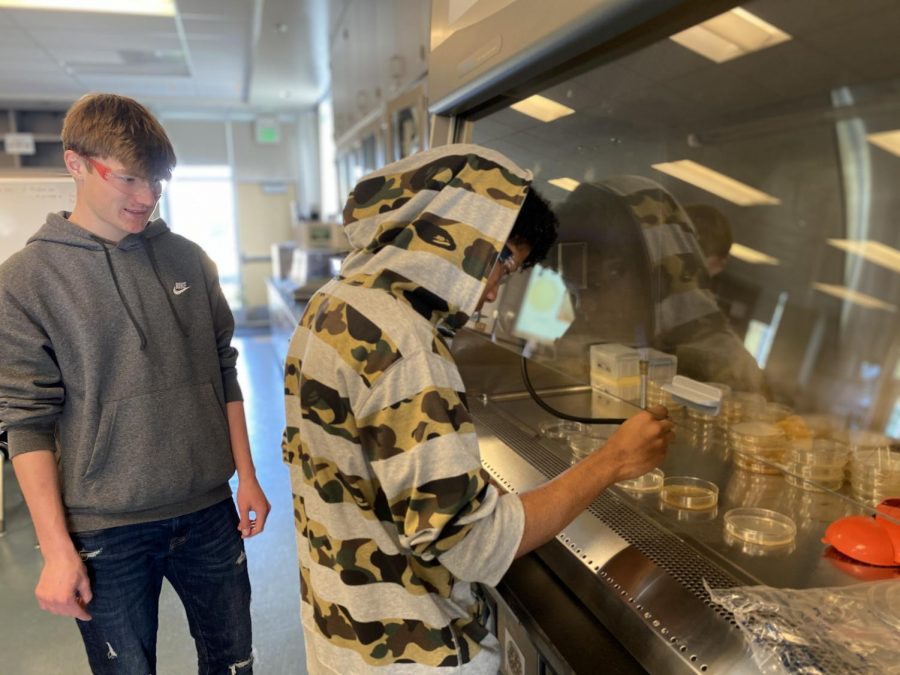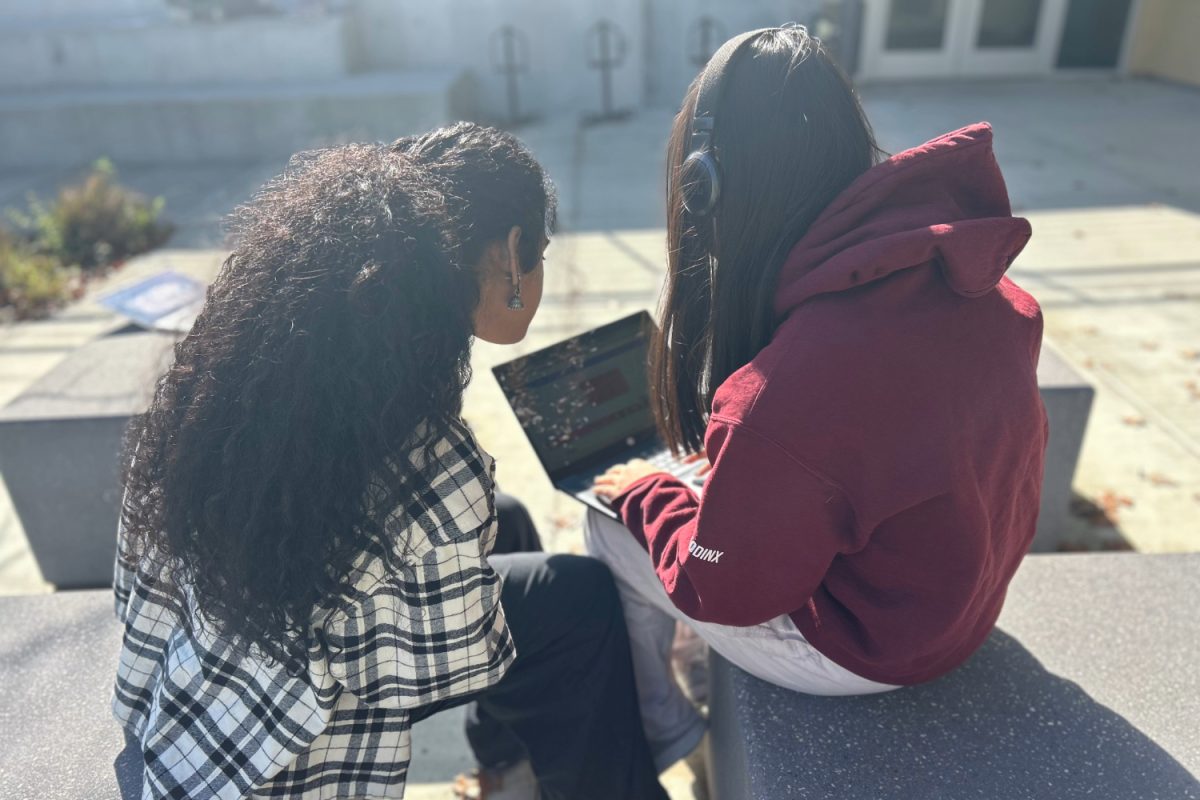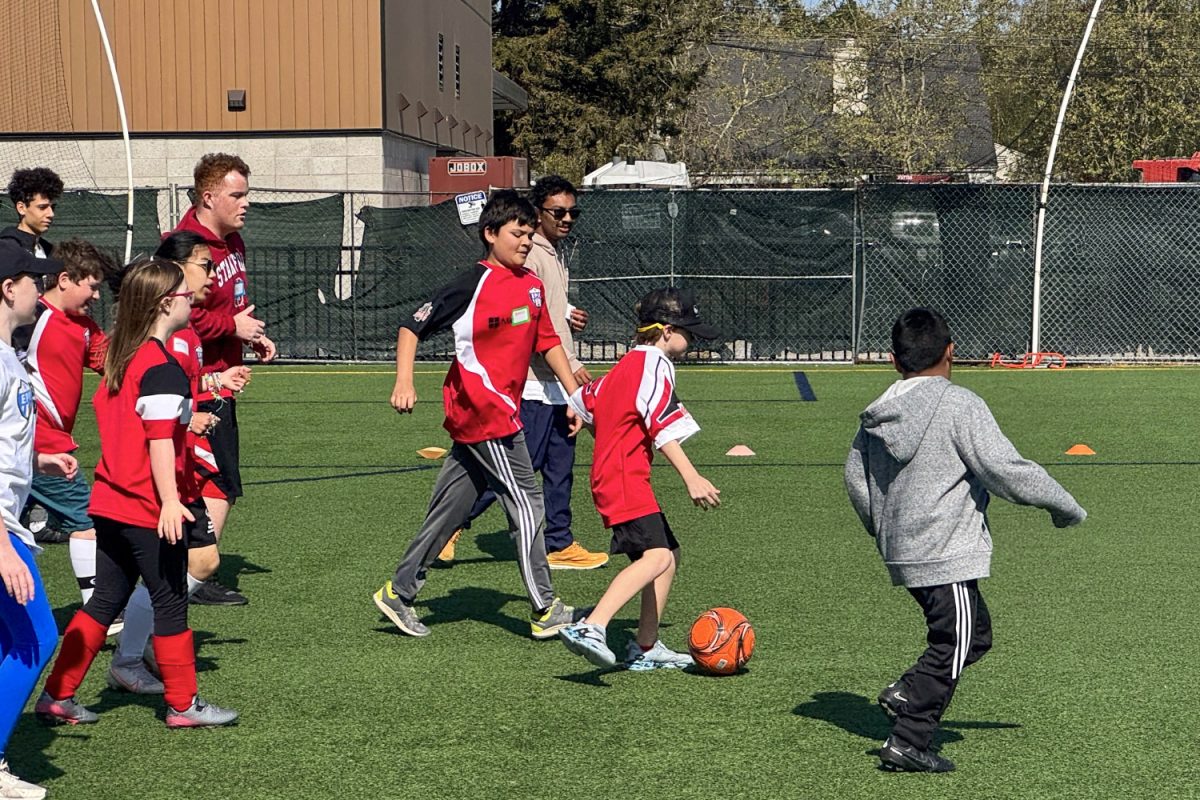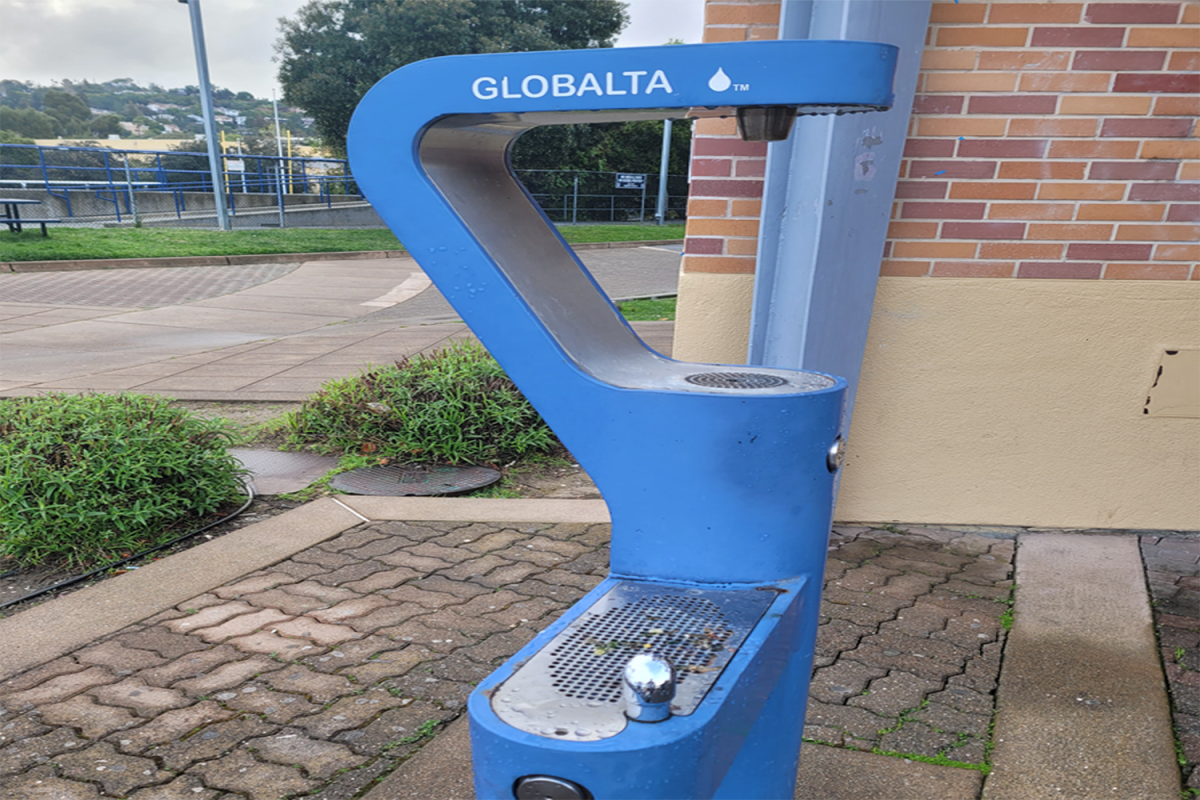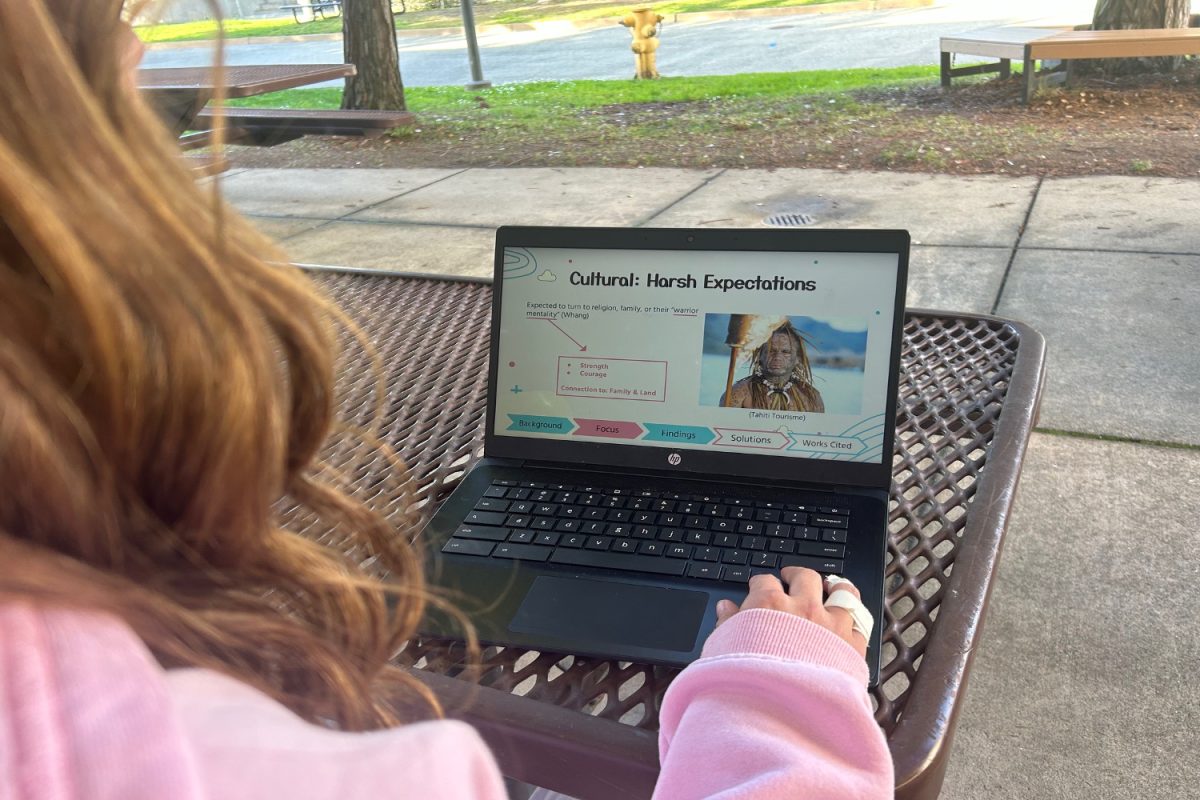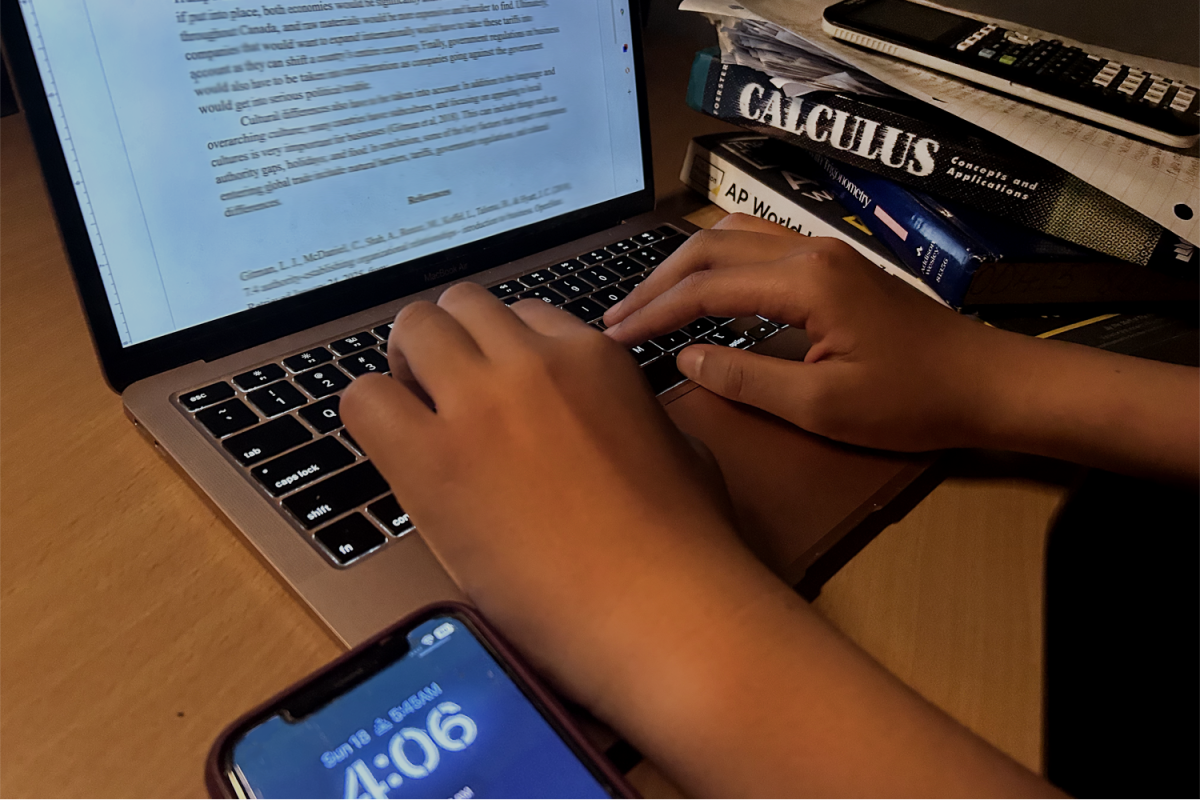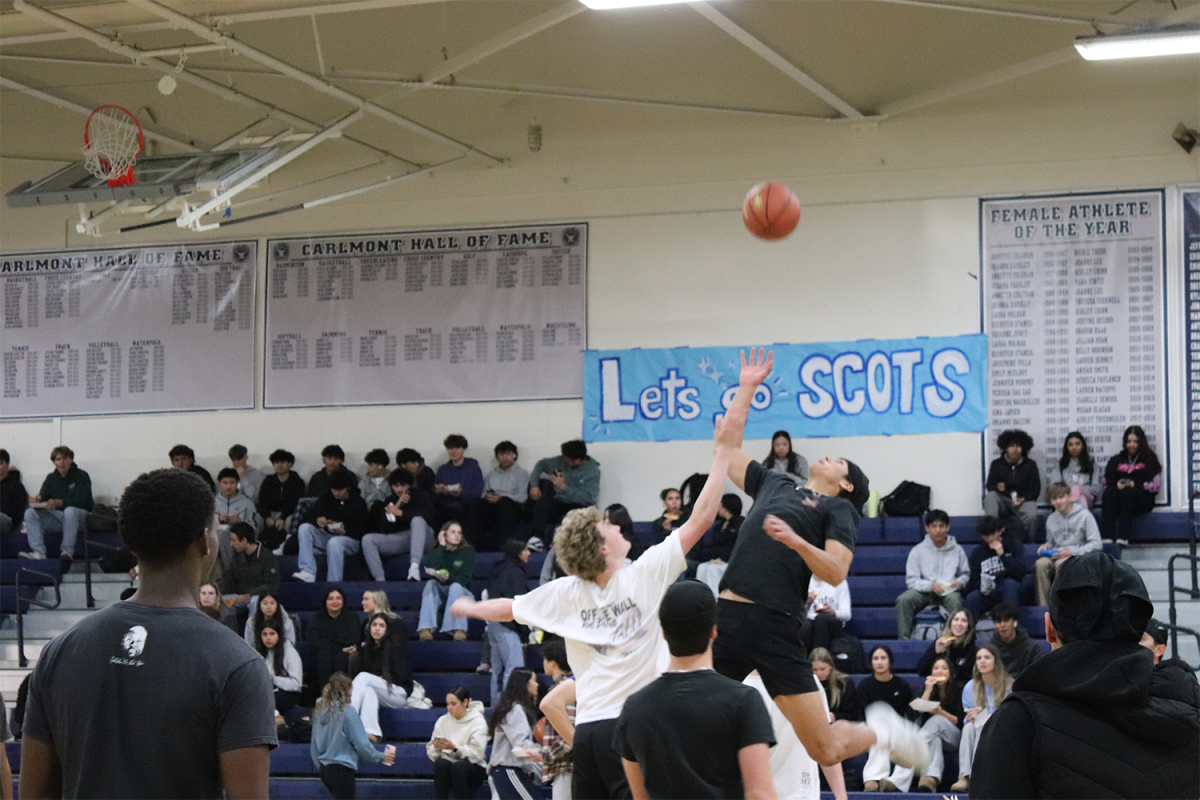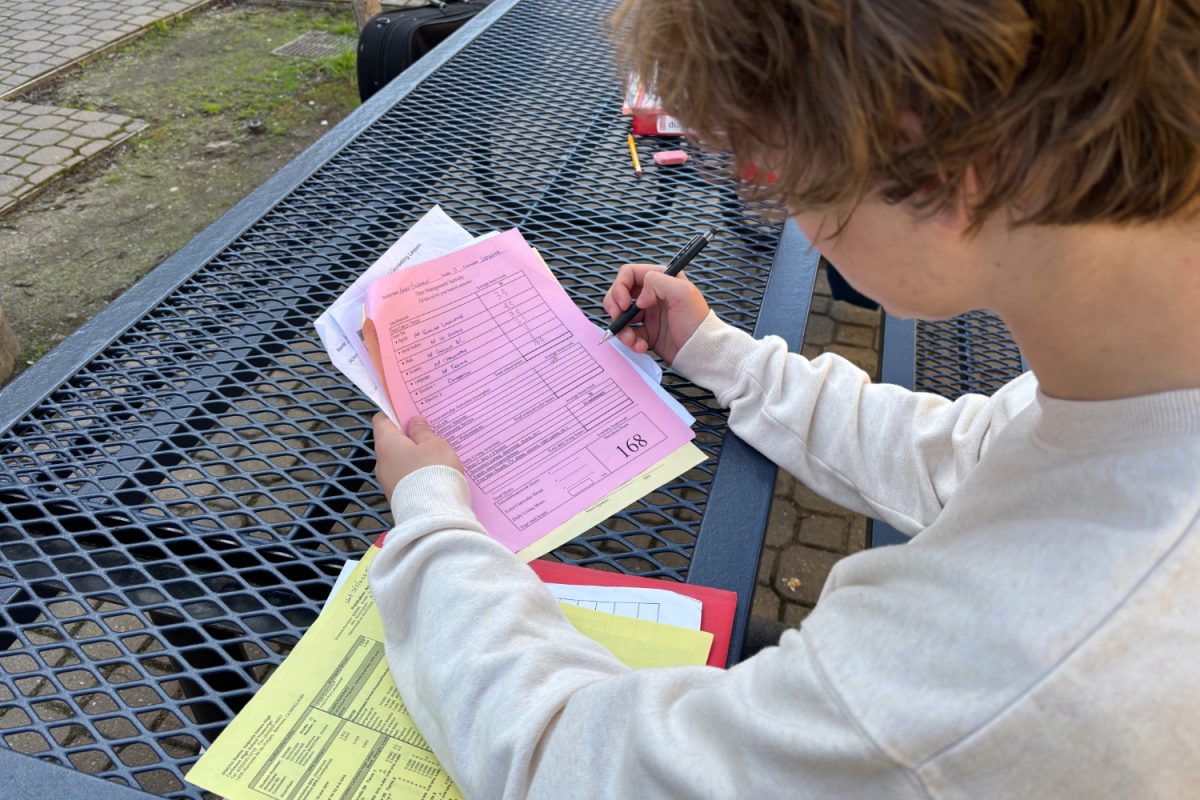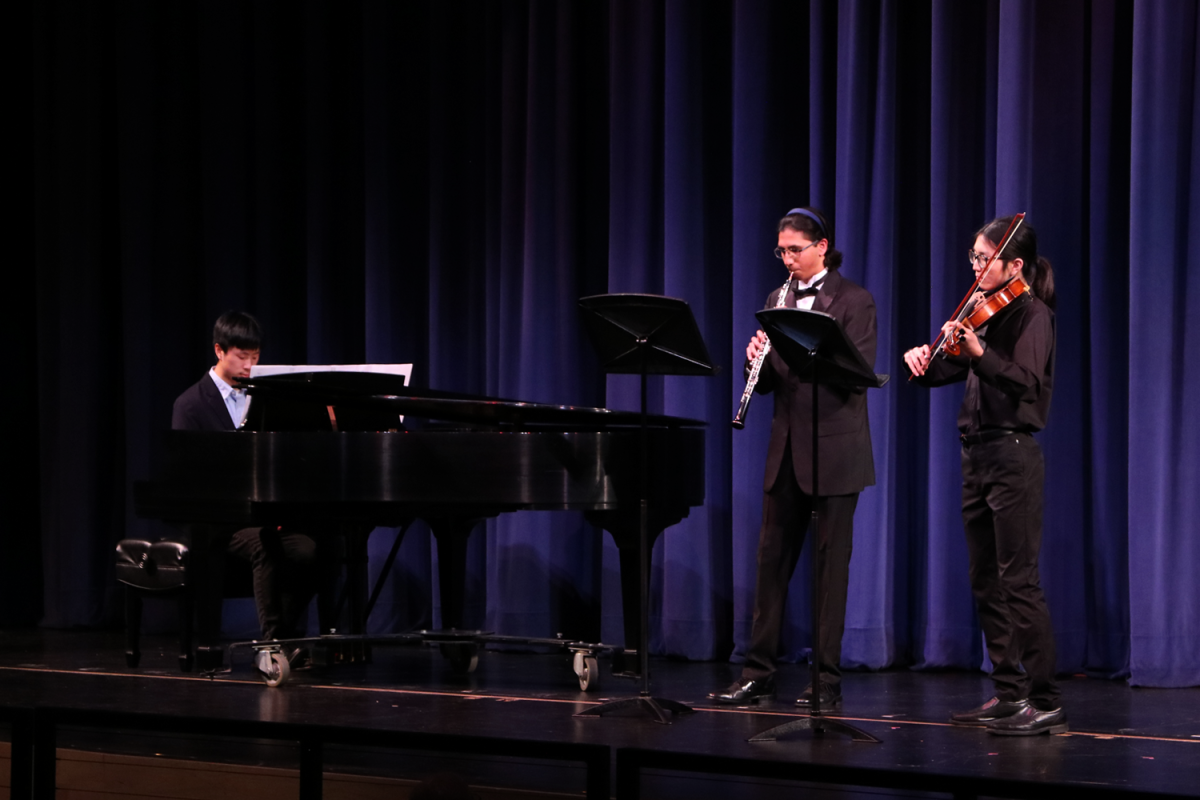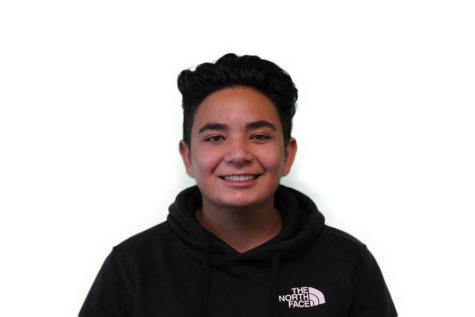Students and teachers both are adjusting themselves to the new block schedule by finding out how to take full advantage of the new flex schedule.
As of Jan. 7, 2020, the first day of the spring semester, Carlmont was introduced to a new schedule that includes a 50-minute flex period, along with a 30-minute flex period. Along with this came a 17-minute brunch after first period on the first day of this block schedule.
This new schedule has opened up the possibilities for what can be done during flex, whether that be making up a science lab, a test, or maybe just finishing up some leftover homework from the previous night.
“I think 50-minute flex is much more useful. You can get a lot of work done, and I’ve even left some homework from the previous night to finish during flex,” said Jack Villagrand, a sophomore.
On the other hand, some students would prefer to have the last semesters block schedule, with two 30-minute flex periods.
“Yes, 50-minute flex can be useful, but I rarely need that much time to do my stuff, and I’d much rather prefer last semesters schedule,” said Jenny Xu, a junior.
Some students are split in their decision of what they like better.
“The new flex is useful because it allows me to do homework, have extra time for tests, and ask teachers questions regarding class materials. I’d still much rather prefer the first semester’s schedule,” said Sofia Starace, a sophomore.
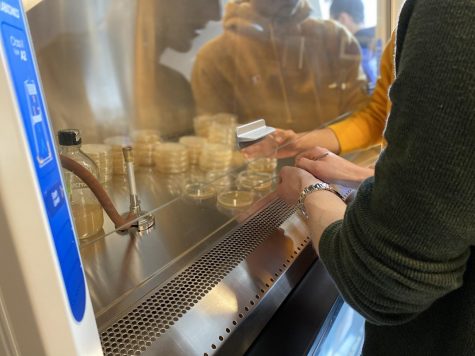
Students in biotech make up a lab during flex.
While students have differing opinions on the change in the length of flex, brunch doesn’t seem to be very popular among the students.
“I think that if they’re going to do a brunch at school, they need to make it longer, or just cut it out completely. With how it is now, it’s just useless, to be honest,” Villagrand said.
One thing that stayed the same from last semester was the 85-minute periods on block days. Some teachers like it depending on which department they teach in. Some departments, such as the science department, take advantage of these long periods.
“Having longer periods this year made it much easier for my classes to do much more complex labs. We’re also able to do full labs instead of squeezing them into 50 minutes and having to finish it another day,” said Leslie Burndon, a biotechnology teacher at Carlmont.
Burndon goes as far as saying that these 85-minute periods improve the whole science department in general as well as the students’ comprehension of the lab.
“Students are able to complete and analyze labs in the same period which often helps improve their grasp of why we’re doing certain procedures … For the biotech program, the block periods have been extremely helpful in improving lab results and student lab experiences,” Burndon said.
However, teachers also have to change their lesson plans to fit around the 85-minute periods, which for some, is not easy. For example, for math teachers, they have to teach two lesson plans with 15 minutes less of class time per week, which has been a problem for some teachers.
Just as some teachers like the 85-minute periods and some don’t, it’s the same with students.
“I just can’t focus for the whole period, but it’s actually pretty nice for taking tests and other things that might take longer,” said Savannah Ponce, a junior.
The new block schedule has resulted in many mixed opinions but has also opened up a wide variety of possibilities of what can be done.

